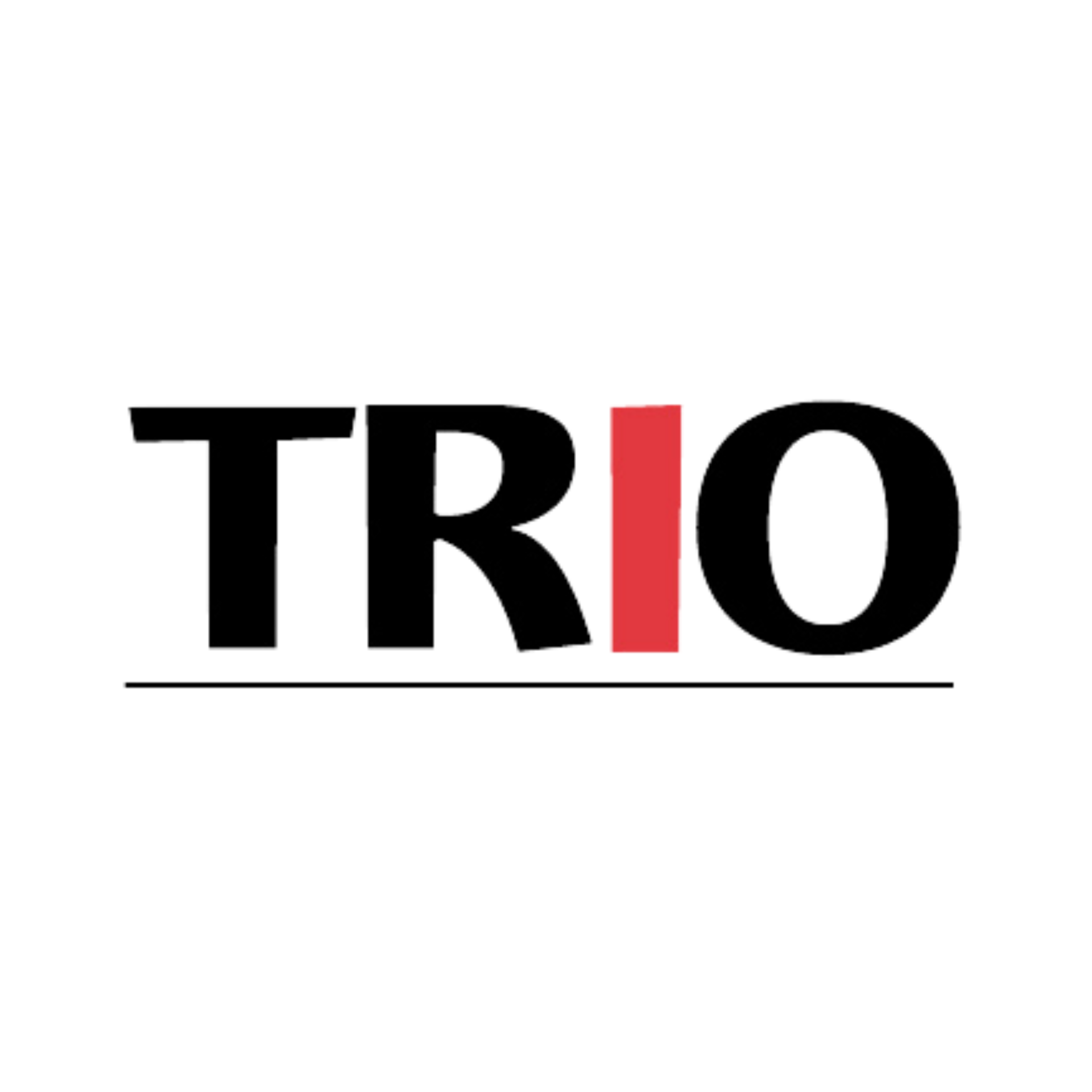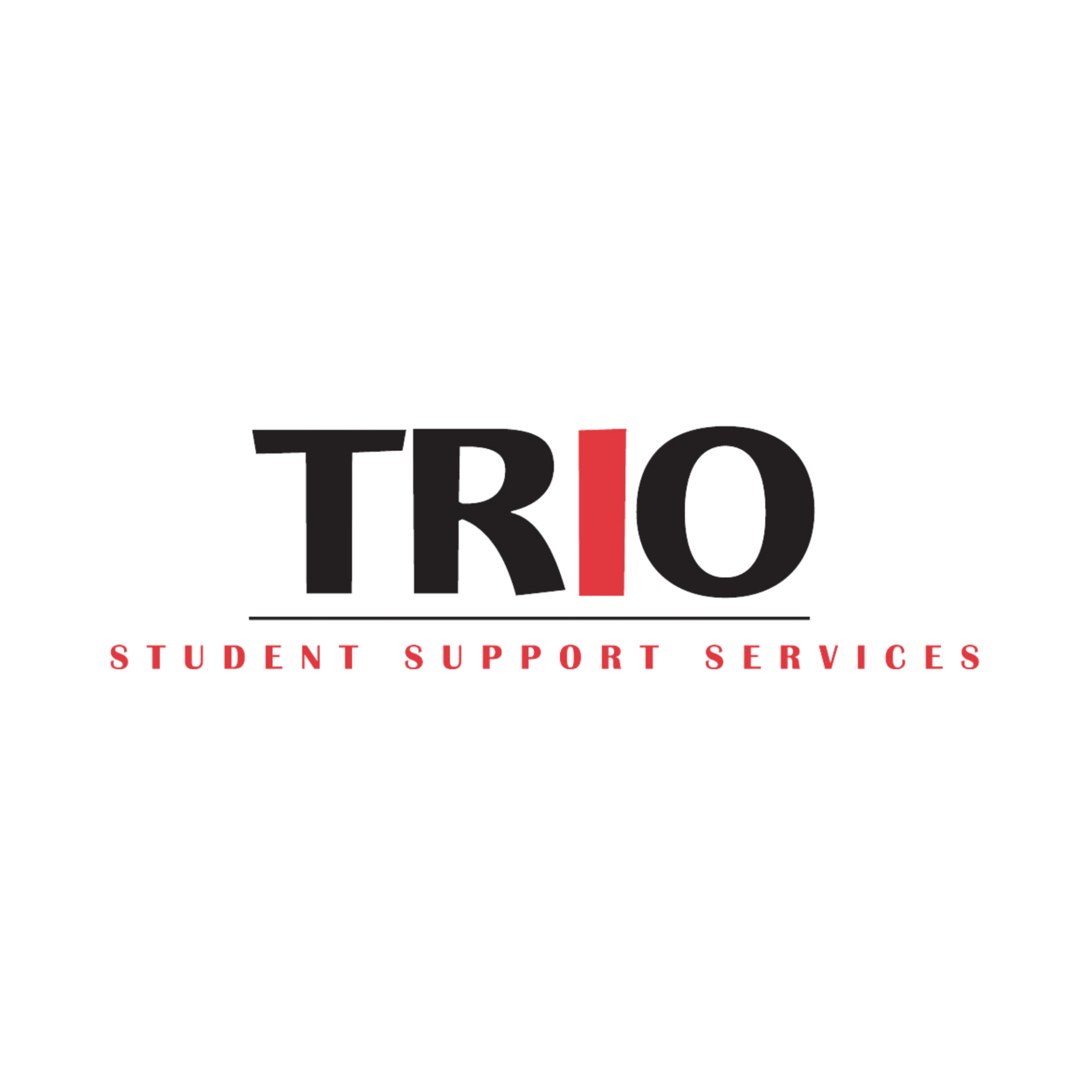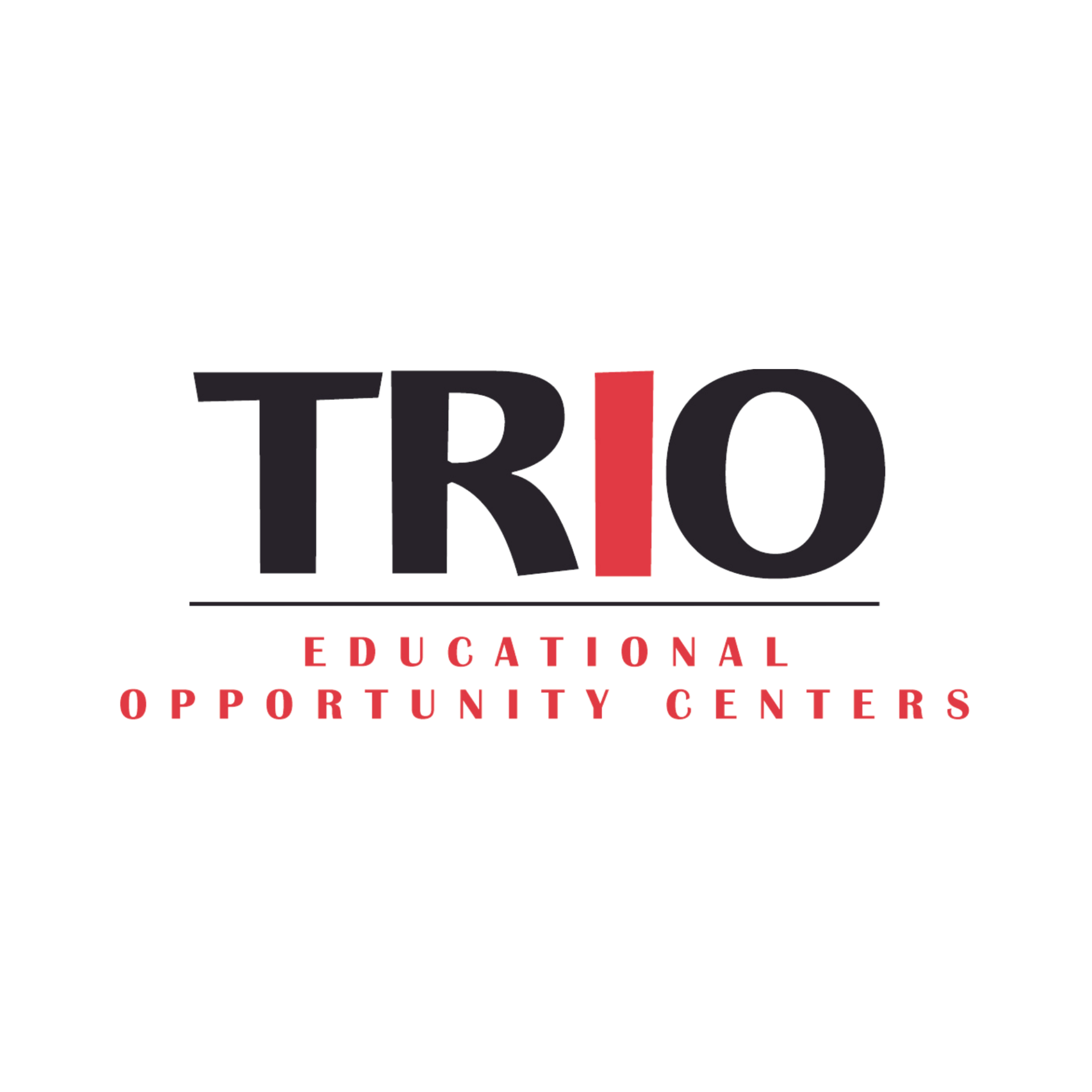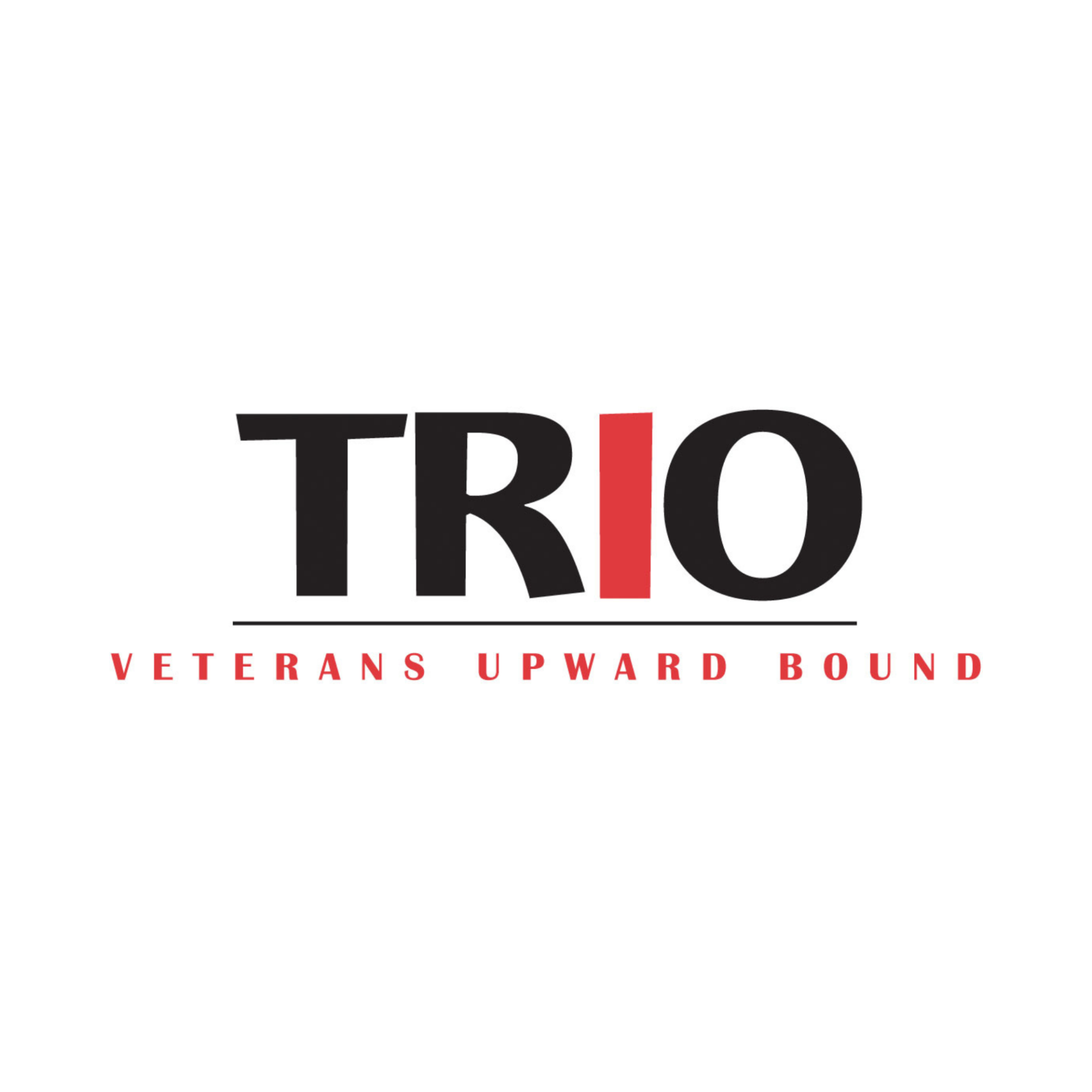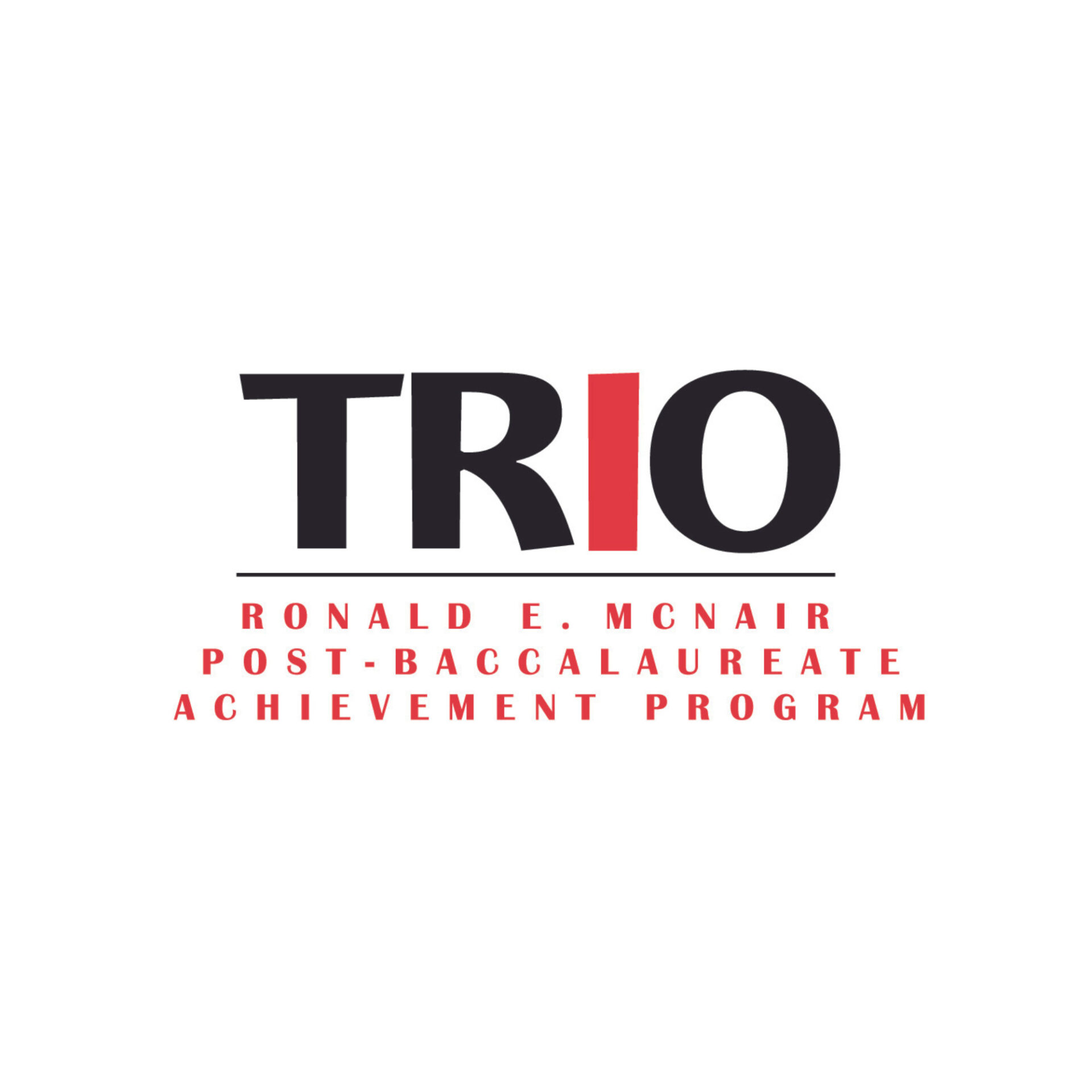how COE supports TRIO PROGRAMS
We work hard on Capitol Hill to expand the number of students served by TRIO and with the institutions and agencies sponsoring TRIO programs to ensure they’re as innovative and effective as possible.
The Council offers training and services to student support staff at more than 1,000 colleges, universities, and agencies to help low-income students enter college and graduate. Our members and their efforts make all the difference to hundreds of thousands of students every single year.
President Lyndon Baines Johnson never forgot his experience as a young man teaching impoverished children in a Texas elementary school. It may have been a motivation behind including the Upward Bound program in the 1964 Economic Opportunity Act, part of his War on Poverty. It was undoubtedly behind signing the 1965 Higher Education Act that included the Talent Search program. For the first time, the federal government would help low-income students reach for educational equity and enter college. In addition to these two programs, in 1968, Student Support Services was rolled out as part of the Higher Education Amendments. Together, the three programs became known as “TRIO” but grew to include four more student programs that followed over the next few decades: Veterans Upward Bound, Educational Opportunity Centers, the Ronald E. McNair Postbaccalaureate Program, and Upward Bound Math/Science. In 1976 the federal government added, as part of TRIO, a Training Program for Federal TRIO programs for professional staff. In the 1970s, student support professionals who staffed these programs began to form associations to pool training and ideas on how best to serve the students.
More than four decades later, COE’s membership includes more than 1,000 colleges and agencies. The Council offers webinars, courses, and other services to its members, all in the cause of helping low-income students enter college and graduate. More than a million low-income students and students with disabilities receive college access and retention services through our member colleges and agencies.
COE has, from the beginning, advocated for more federal money for TRIO programs. COE staff, member colleges, and students themselves visit Capitol Hill every year to testify to the effectiveness of TRIO programs. They point out that the budget for TRIO covers less than 5 percent of eligible students and ask for increases to the TRIO budget. Progress has been slow but steady. Just as important, COE efforts and proven results from TRIO programs have inspired bipartisan support in Congress.
Through it all, COE has helped grow the federal budget for TRIO from less than $200 million in 1985 to $1.1 billion today, enough to cover more than 875,000 students. But COE won’t rest until there are places in these programs for all who need the help to attain educational equity.
TRIO Services
- assistance in choosing a college
- tutoring
- personal and financial counseling
- career counseling
- assistance in applying to college
- workplace and college visits
- special instruction in reading, writing, study skills, and mathematics
- assistance in applying for financial aid
- high school academic assistance
- assistance to reenter high school or college
Talent Search
Upward Bound
Upward Bound
Upward Bound (UB) is an intensive intervention program that prepares students for higher education through various enrichment courses. Campus-based UB programs provide students instruction in literature, composition, mathematics, science, and foreign language during the school year and the summer. UB also offers intensive mentoring and support for students as they prepare for college entrance exams and tackle admission applications, financial aid, and scholarship forms. 956 Upward Bound projects are serving more than 70,000 students. Recent analysis from the U.S. Department of Education showed that 86 percent of Upward Bound students in the 2013–14 high school graduation cohort enrolled immediately in college following high school graduation.
Featured Blog
50 Years of Upward Bound
Upward Bound Math-Science
Upward Bound Math-Science
Using a similar model to Upward Bound, Upward Bound Math-Science provides students with a rigorous math and science curriculum in high school to encourage and enable them to successfully major in critically important science, technology, engineering, and math (STEM) disciplines in college. Currently, there are 211 projects serving more than 13,100 students. Indeed, 70% of Upward Bound Math-Science programs have postsecondary enrollments of 80% or higher.
Veterans Upward Bound
Veterans Upward Bound
The Veterans Upward Bound program provides intensive basic skills development and short-term remedial courses for military veterans to help them successfully transition to postsecondary education. Veterans learn to secure support from available resources such as the Veterans Administration, veterans associations, and various state and local agencies that serve veterans. There are 64 Veterans Upward Bound projects serving more than 8,400 students. According to the National Association of Veterans Upward Bound Program Personnel, in 2010-2011, more than 60% of recent program participants were enrolled in postsecondary education programs.
Student Support Services
Student Support Services
Student Support Services projects work to enable low-income students to stay in college until they earn their baccalaureate degrees. Participants, who include disabled college students, receive tutoring, counseling, and remedial instruction. More than 202,000 students are now being served by 1,069 Student Support Service programs at colleges and universities nationwide. Recent studies of Student Support Services found that program participation resulted in statistically significant higher student retention and transfer rates, improved grade point averages, and credit accumulation. Program participants also bested their similarly situated peers in degree completion at two-year colleges (41% vs. 28%) and four-year colleges (48% vs. 40%).
Educational Opportunity Centers
Educational Opportunity Centers
Educational Opportunity Centers serve displaced or underemployed workers from families. These Centers help individuals choose a college and a suitable financial aid program. There are 142 Educational Opportunity Centers in America, serving more than 199,000 individuals. A recent analysis of performance data of the Educational Opportunity Centers found that more than half (57.6%) of “college-ready” students enrolled in institutions of higher learning and 71% of eligible EOC participants (high school seniors, postsecondary dropouts) applied to college.
Ronald E. McNair Post-Baccalaureate Achievement Program
Ronald E. McNair Post-Baccalaureate Achievement Program
The Ronald E. McNair Postbaccalaureate Achievement program encourages low-income students and minority undergraduates to consider careers in college teaching and prepare for doctoral study. Students who participate in this program are provided with research opportunities and faculty mentors. This program was named in honor of the astronaut who died in the 1986 space-shuttle explosion. Currently, there are 187 projects serving more than 5,200 students. According to recent performance data, in 2013-14, 69% of McNair participants who graduated in 2010-11 were enrolled in graduate school; meanwhile, 83% of students who first enrolled in graduate school in 2012-2013 persisted in their studies.
Featured Blog
Ronald E. McNair and Perseverance
TRIO Resources
-
-
Advocacy Update
Immediate Action Steps in Response to Federal Funding Freeze
-
Advocacy Update
Building a Strong Foundation for TRIO in the 119th Congress
-
Year in Review
2024: A Year in Review
-
-
-
-



